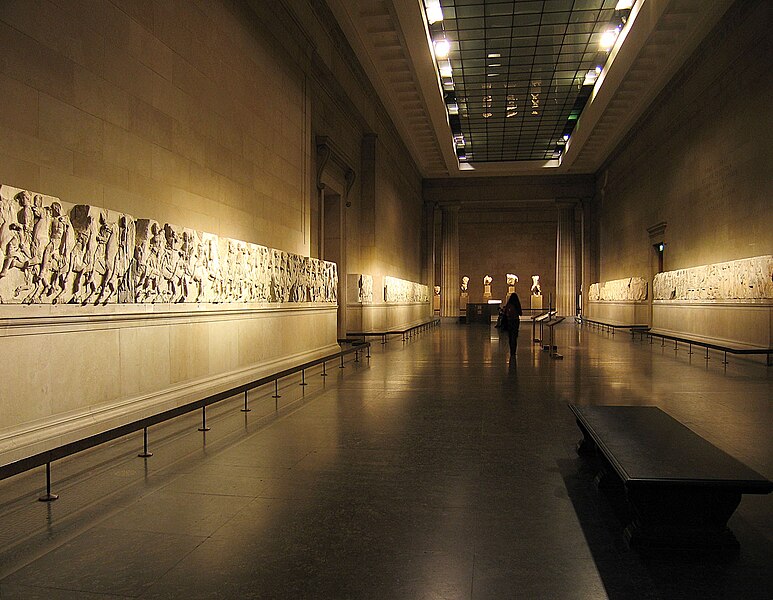Cardiovascular Events during World Cup SoccerDuh! Anyone who watches nail-biting sports like Australian Rules football, where the lead can change several times in a few minutes know that it is enough to give someone a heart attack.
Ute Wilbert-Lampen, M.D., David Leistner, M.D., Sonja Greven, M.S., Tilmann Pohl, M.D., Sebastian Sper, Christoph Völker, Denise Güthlin, Andrea Plasse, Andreas Knez, M.D., Helmut Küchenhoff, Ph.D., and Gerhard Steinbeck, M.D.
ABSTRACT
Background The Fédération Internationale de Football Association (FIFA) World Cup, held in Germany from June 9 to July 9, 2006, provided an opportunity to examine the relation between emotional stress and the incidence of cardiovascular events.
Methods Cardiovascular events occurring in patients in the greater Munich area were prospectively assessed by emergency physicians during the World Cup. We compared those events with events that occurred during the control period: May 1 to June 8 and July 10 to July 31, 2006, and May 1 to July 31 in 2003 and 2005.
Results Acute cardiovascular events were assessed in 4279 patients. On days of matches involving the German team, the incidence of cardiac emergencies was 2.66 times that during the control period (95% confidence interval [CI], 2.33 to 3.04; P<0.001); style="font-style: italic;">Conclusions Viewing a stressful soccer match more than doubles the risk of an acute cardiovascular event. In view of this excess risk, particularly in men with known coronary heart disease, preventive measures are urgently needed.
Source Information
From Medizinische Klinik und Poliklinik I, Campus Grosshadern (U.W.-L., D.L., T.P., S.S., C.V., A.P., A.K., G.S.), and Statistisches Beratungslabor, Institut für Statistik (S.G., D.G., H.K.), Ludwig-Maximilians-Universität, Munich, Germany.
Drs. Wilbert-Lampen and Leistner contributed equally to this article.
Address reprint requests to Dr. Wilbert-Lampen at Med. Klinik und Poliklinik I, Campus Grosshadern, Marchioninistr. 15, D-81377 Munich, Germany, or at ute.wilbert-lampen@med.uni-muenchen.de.
***********
Tonight I started watching Hex. Very dark and its take on Nephelim is quite different to that in Fallen.


















































